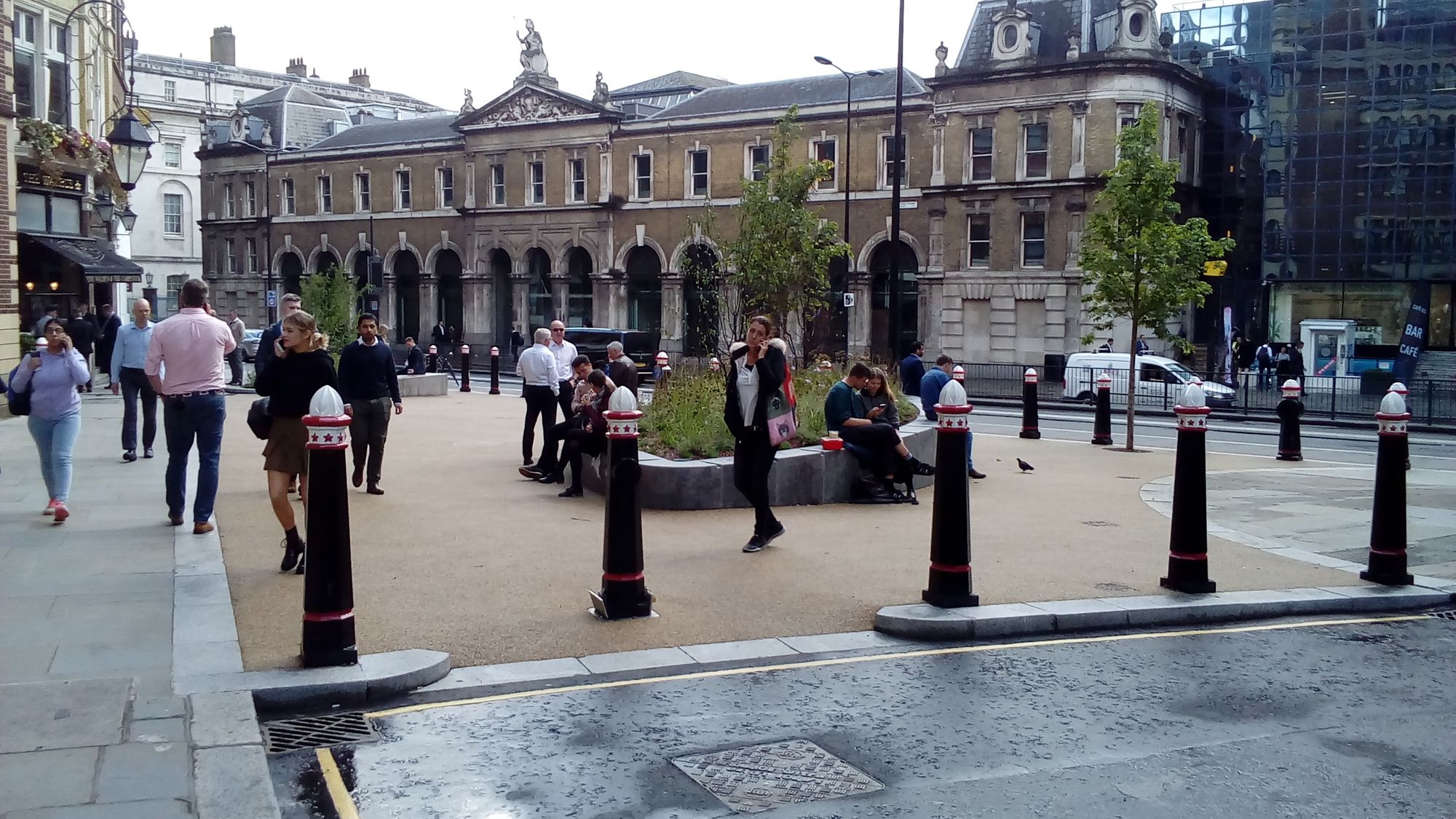Westminster's streets in the Covid-19 crisis
While life in our city is turned upside down and many are working hard to protect lives in the Covid-19 crisis, traffic arrangements probably aren't at the forefront of many people's minds.
But it's hard to ignore the dramatic absence of cars and lorries as we take our daily exercise or go on essential journeys in Westminster. It's giving us a different view of our streets.
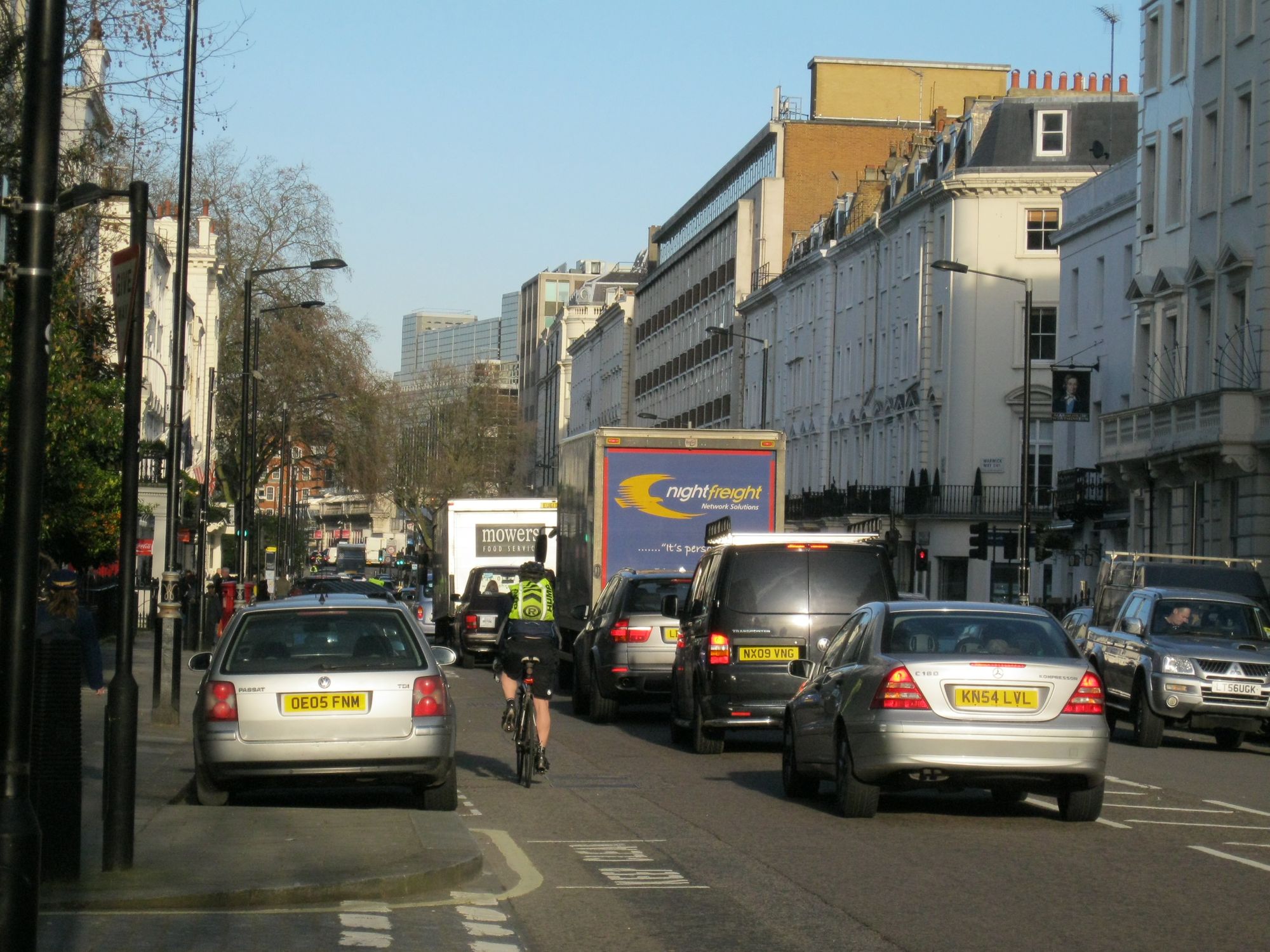
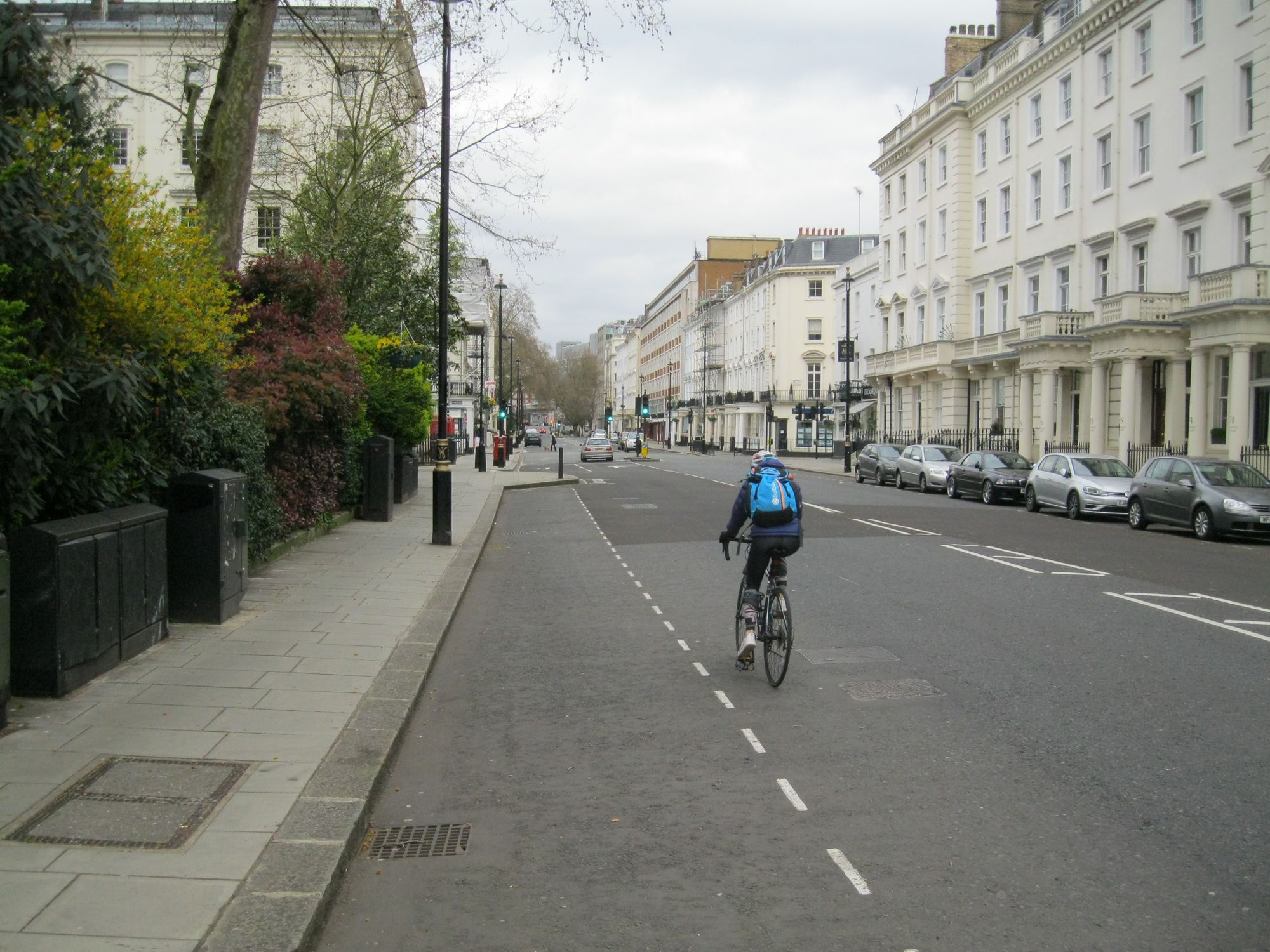
"Shorn of traffic"
The images below were tweeted by London Living Streets, who commented:
"Fascinating to see the grid of streets between Oxford St & Marylebone Rd shorn of traffic & many of their parked cars. Not normally available is a fuller sense of these amazing streets, originally laid out in the 1770s & 1780s. Opportunity for the future to rebalance the space..."
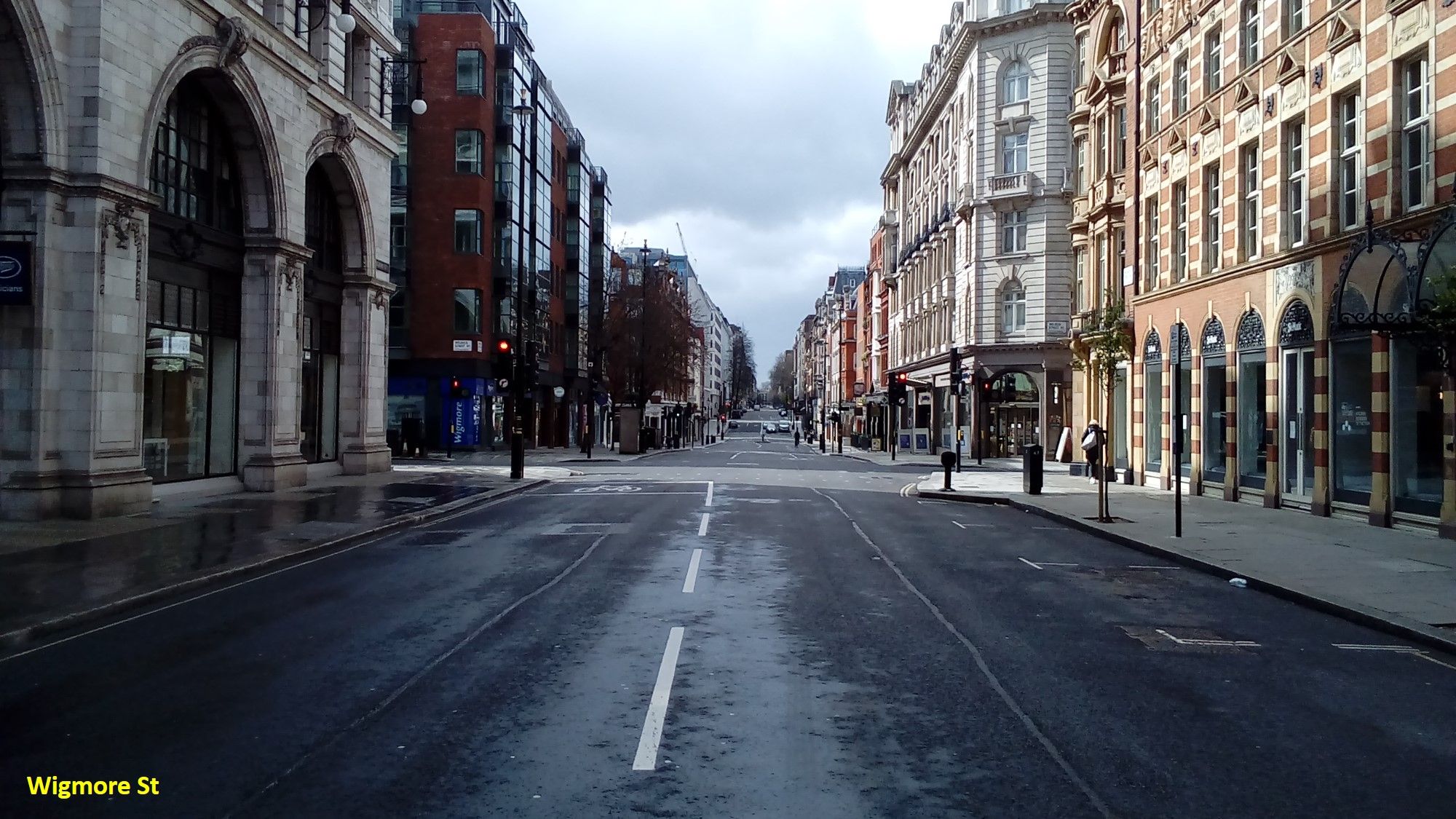
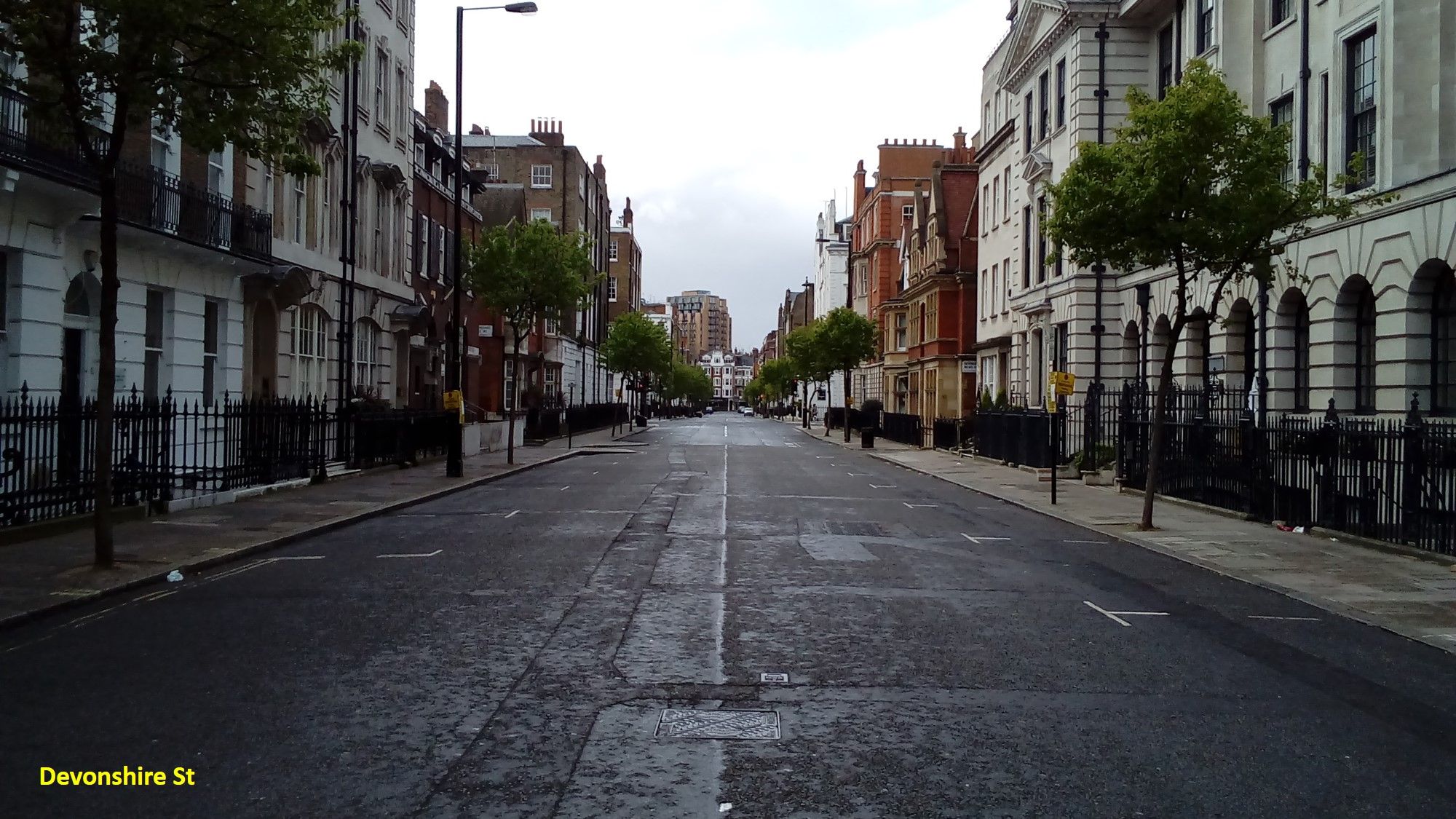
Is this a fair use of space?
Looking at the generous width of street for vehicles (moving and parked) compared to the narrow strips left for people, there does seem to be a need to 'rebalance the space'.
In fact, a study of one area in the borough - the Victoria and Westminster Business Improvement Districts combined - shows exactly how public space is divided up between people and traffic. In these areas a total of 51% of public space is given over to motor traffic, including parking. Of the remaining 49% for people to use, the vast majority is pavement alongside motor traffic.
The study finds:
"the majority of space is given over to vehicles; there is an overall sense of vehicle priority; asphalt carriageways dominate the public realm".
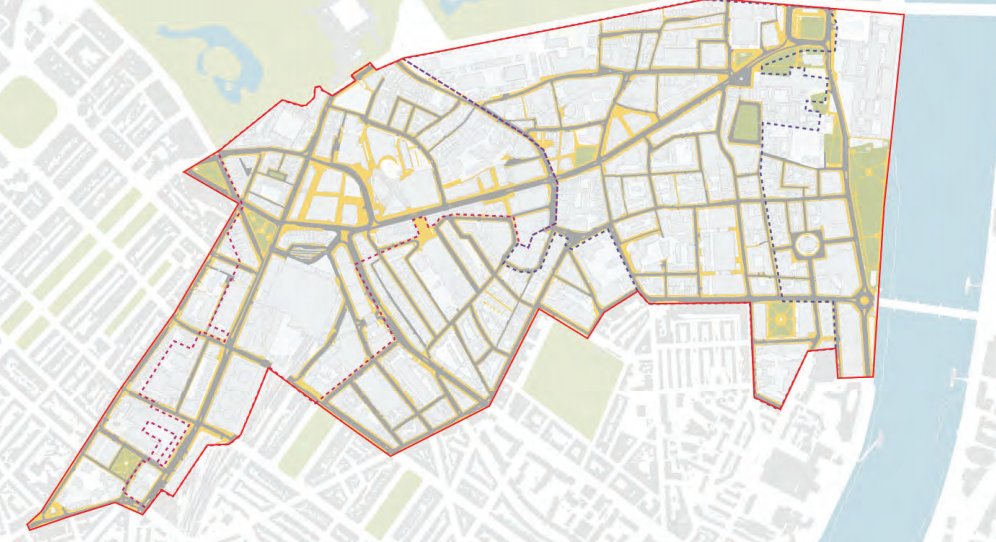
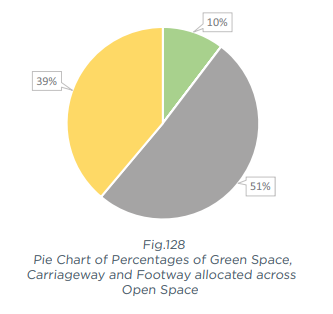
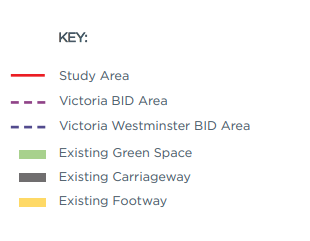
Rebalancing our streets: during the crisis
A number of organisations are calling for changes to London's streets right now, during the crisis, to allow people to stay safely apart while they exercise or make essential journeys. Cities around the world - like Berlin, New York, Bogota - are closing roads to through traffic and creating emergency bike lanes. Now London Living Streets (here) and London Cycling Campaign (here) are calling for similar measures. Hackney Council is planning to close residential roads to allow people to walk safely down the middle. What will Westminster City Council do?
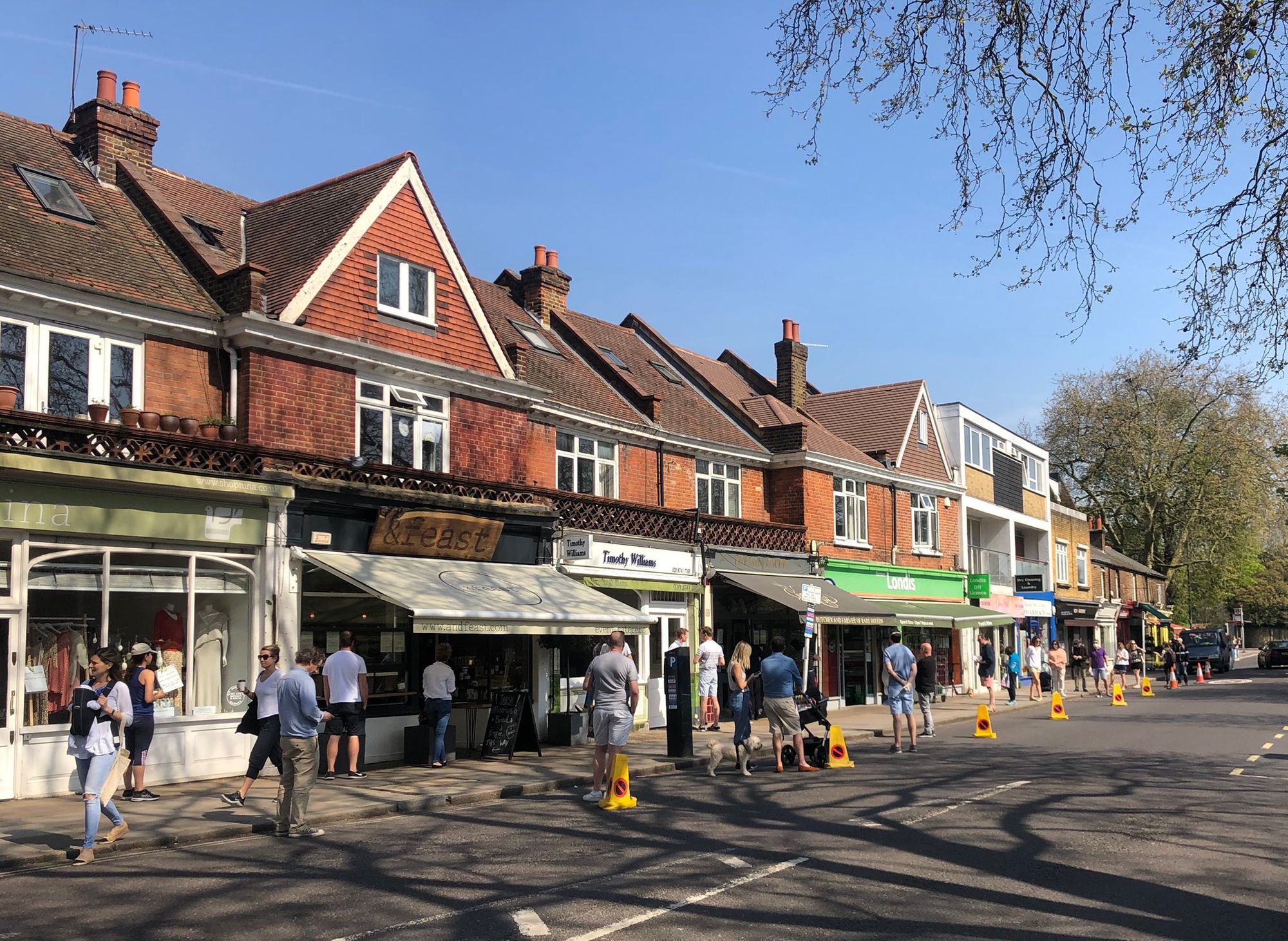
Rebalancing our streets: post-Covid
Obviously, this crisis is not something to celebrate. Traffic is low not because our streets are healthy but because people are shut away in their homes, and many are losing income, to protect lives.
But what if, after the crisis, we could return to business as usual without traffic as usual? What if we permanently rebalanced the space on Westminster's streets to favour people over motor vehicles, making walking, cycling or scooting the natural ways to get around? What if people dominated our streets, not traffic, and the sounds that filled our ears were footsteps, birdsong and human voices?
It can be done.
